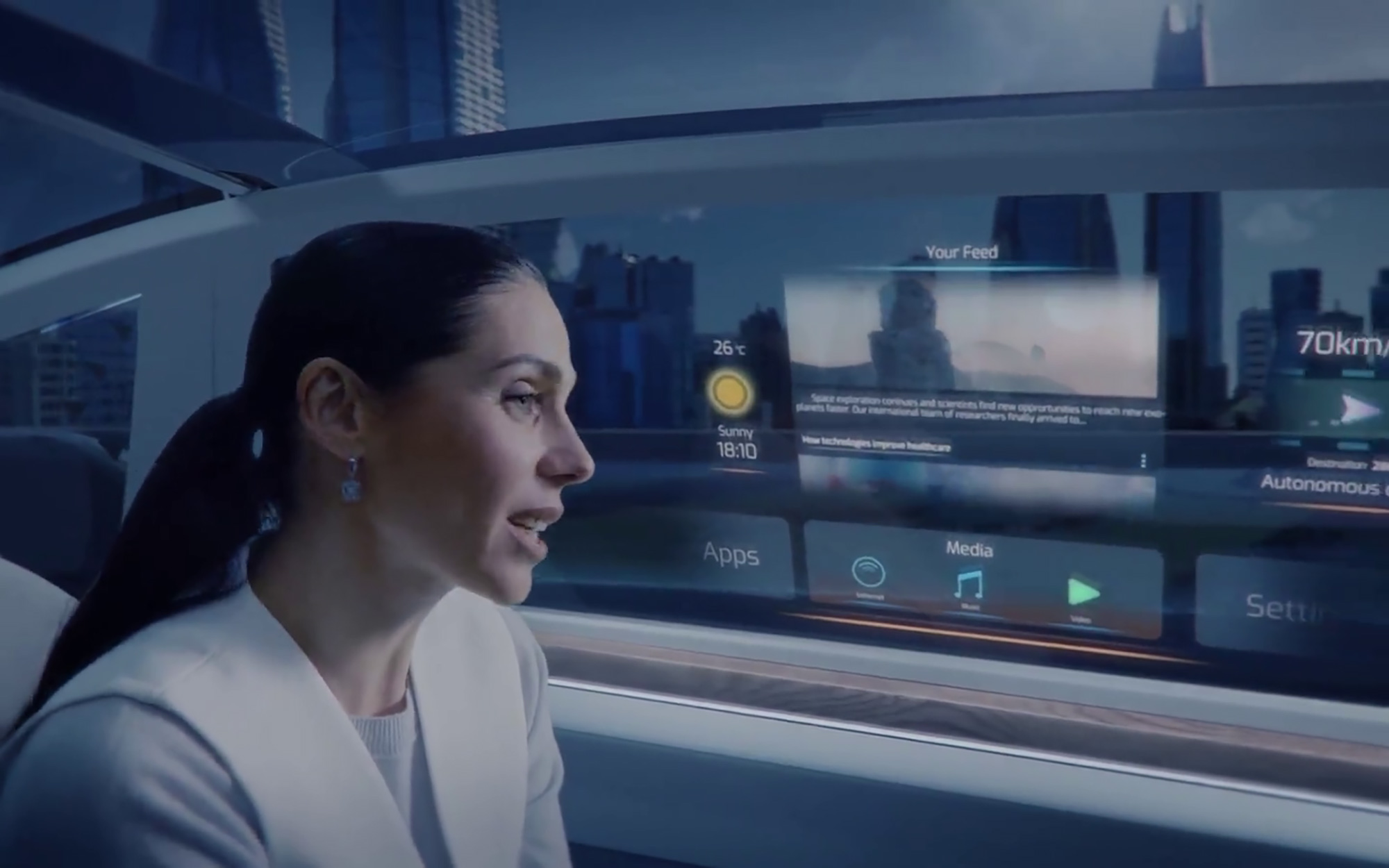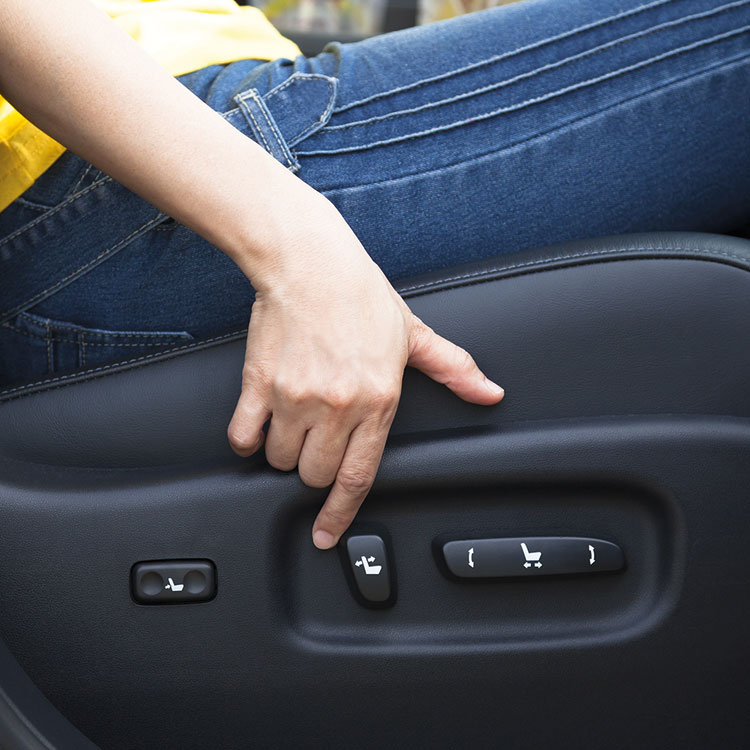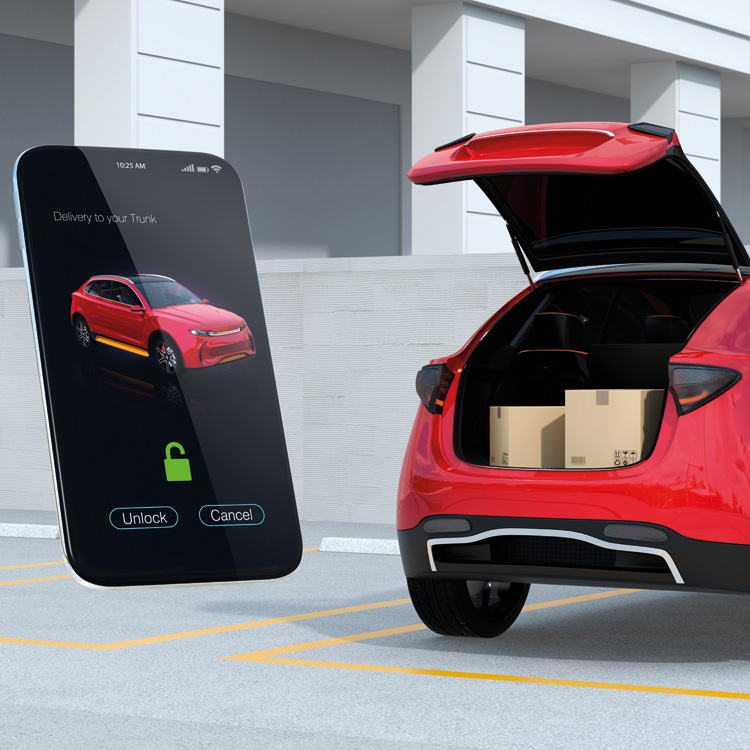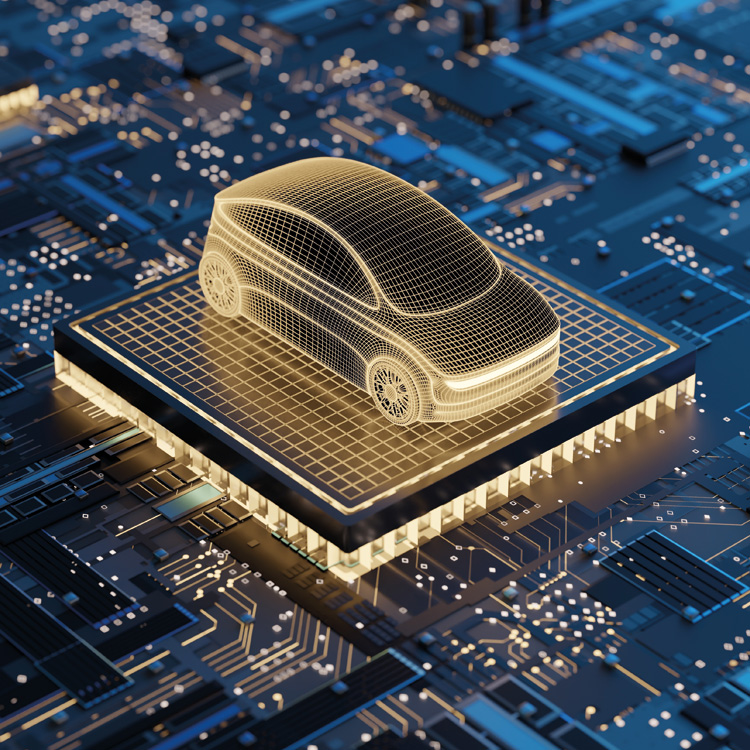
Electronic Modules
Electronic Modules
Electronic modules play an active role in many parts of the vehicle's electronic architecture, from the positioning of the vehicle seats, to the opening and closing of the panoramic roof or the use of the trunk functions, to the control of in-car lighting functions.

The seat electronic control module controls the adjustment functions and heating features of the seats in the vehicle. It also saves customization options for different drivers, allowing different drivers to use the features they set with a single button.

The tailgate electronic control module allows the trunk to be easily opened and closed from inside the vehicle, both up and down. Thanks to this module, drivers can control their trunk at the touch of a button without any physical effort.

The panoramic roof electronic module allows drivers to fully open and close the panoramic roof. It also allows the panoramic roof to be set to a fixed opening at different levels according to user needs.

This module, which is used in vehicles with sliding doors, allows the driver to automatically control the side door of the vehicle. The driver can open and close the door completely or control whether it stays open at different levels.

The interior ceiling lighting module controls the ambient lighting in the vehicle, as well as the microphone and amplifier features of the hands-free speech system and emergency assistance system.

The body control module, which enables the management of different functions on the vehicle, controls many vehicle equipment in a healthy and efficient manner, from the wipers to the horn, from the air conditioning system to the control of the mirrors.

The DC/DC converter, which manages this need for in-vehicle equipment that uses different voltage values, enables the voltage values to be increased, decreased or kept constant. By matching the resulting linear current to the voltage values of the target hardware, it helps the connected units to operate.
Strong R&D and Production at Automotive Electronics Standards
With the professional Karel R&D team specialized in their field and high-tech, scalable production processes, we are always with you in all the projects you want to realize.
Contact